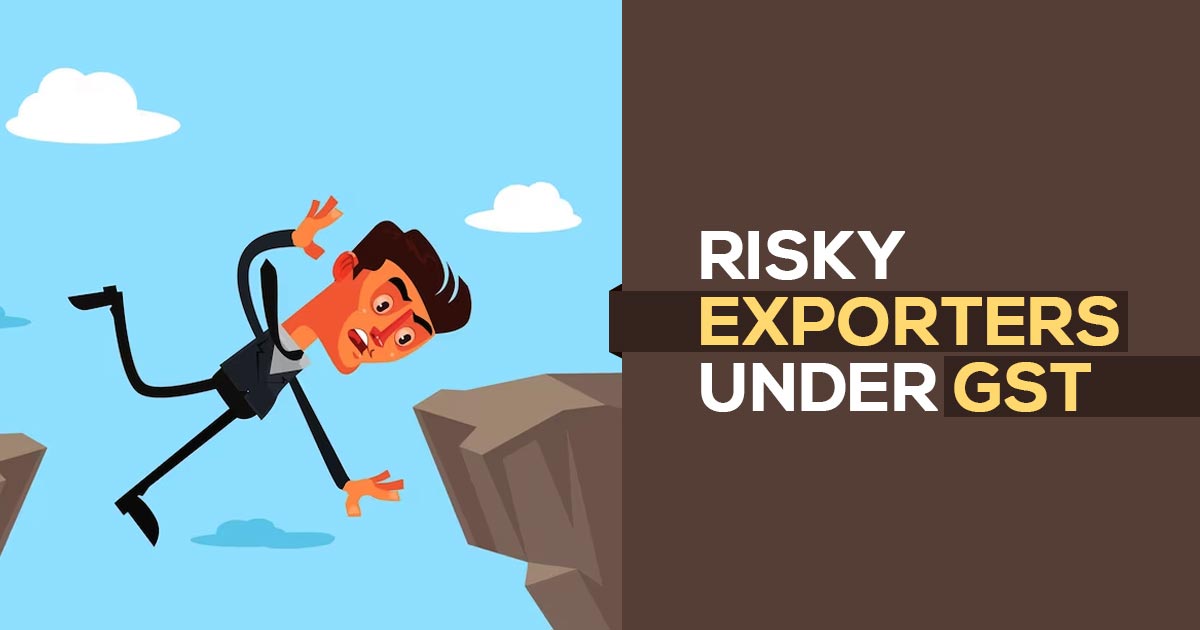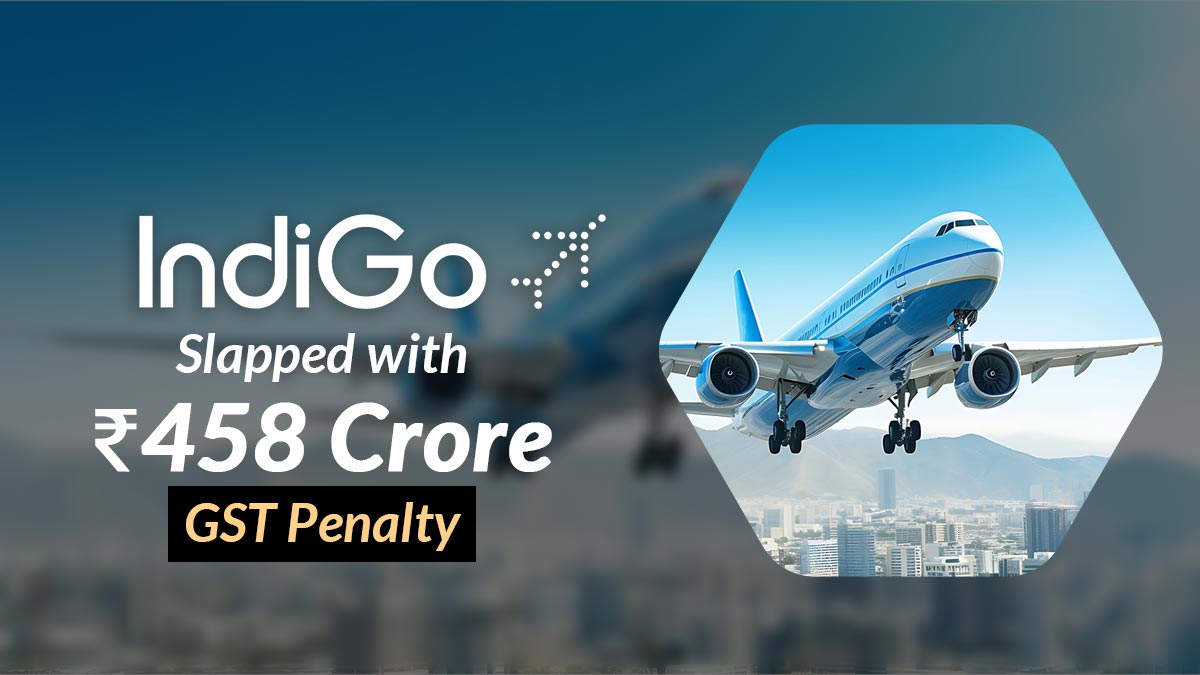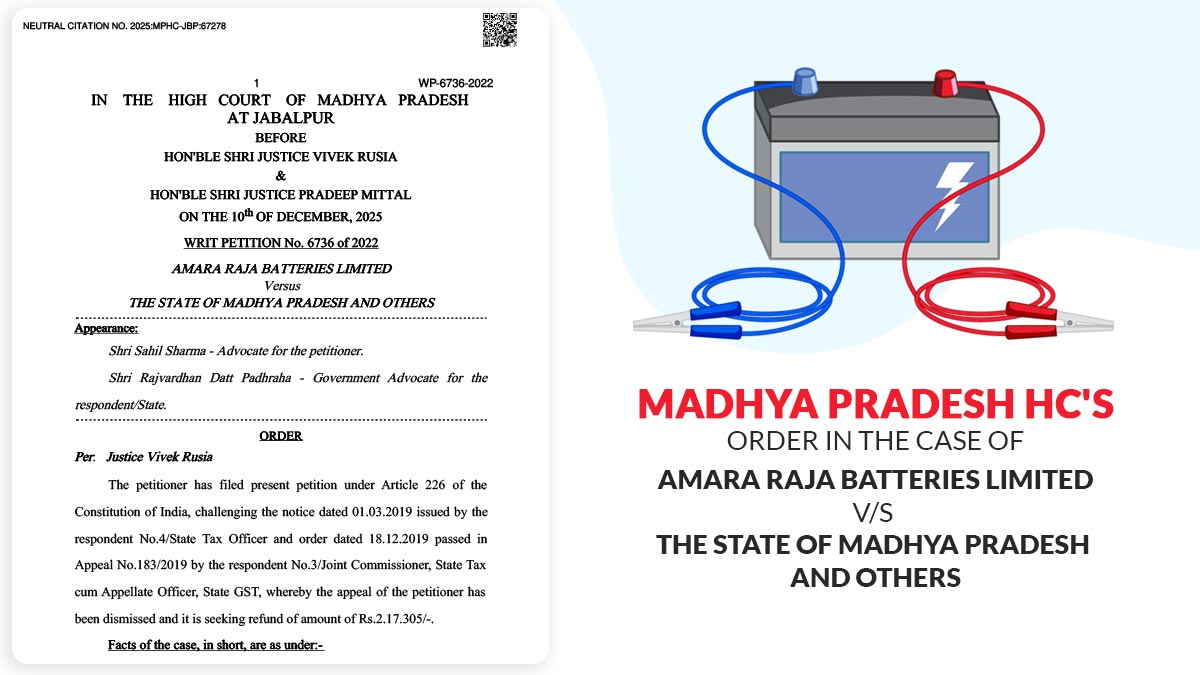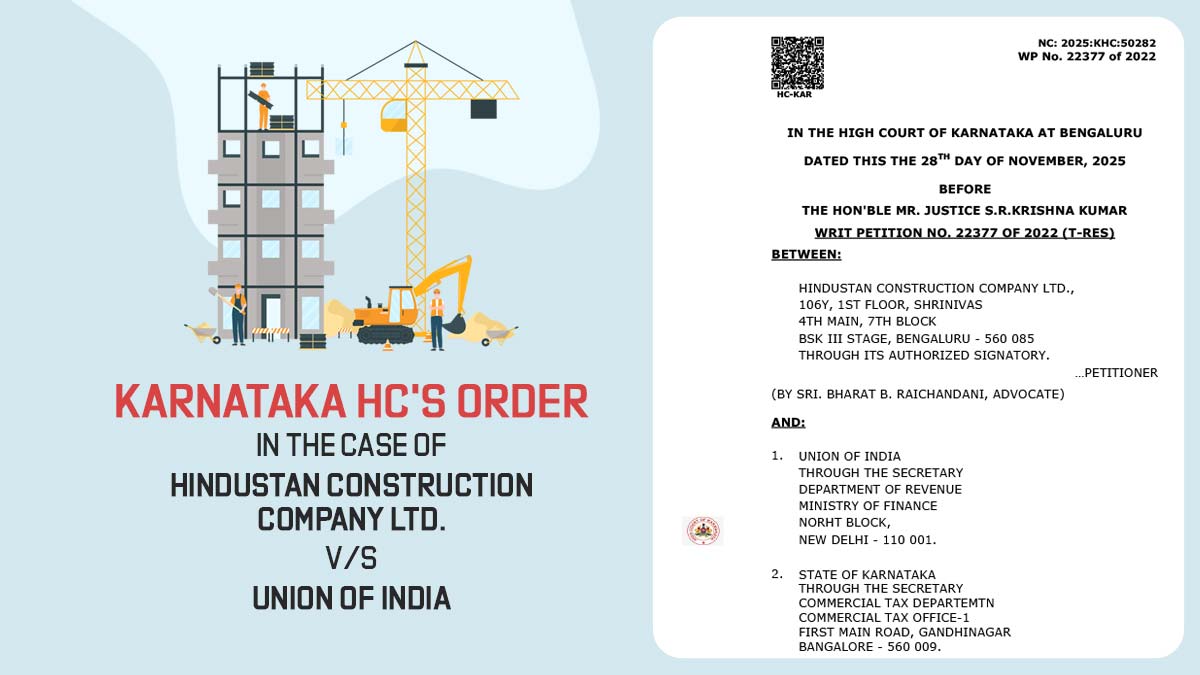
All IGST, drawback and other benefit refunds are halted, and all export shipments are subject to scrutiny when the Import Export Code warning of the risky exporter is activated. The export enterprises suffer significant losses as a result of the refund suspension, which also has an effect on the Indian economy. Here, we’ll talk about the risky exporter alert and the steps taken to remove it and restore regular reimbursements.
The Central Board of Indirect Taxes and Customs (CBIC) classified a large number of firms as risky exporters based on data from the GST, Income Tax, and international trade transactions. The method used to label exporters as hazardous is “neither transparent nor time-bound,” a group of exporters from micro, small, and medium enterprises said in a letter to CBIC chairman Vivek Johri.
On November 28, 2022, the CBIC issued Instruction No. 04/2022, which outlines a new procedure for handling applications for delayed IGST refunds.
Prior to this, CBIC published SOPs on January 23, 2020, and May 20, 2020.
They were given to the Directorate General of Analytics and Risk Management and the CGST & Customs formations in order to verify unsafe exporters and their suppliers.
Old Procedure for Alert of Risky Exporter
- Based on risk indicators, DGARM accuses risky exporters and suppliers.
- The list of problematic exporters should then be forwarded to the Risk Management Centre for Customs (RMCC) to generate an alert in the system.
- The Customs officials will then extensively investigate risky exporters.
- The CGST formations (including the Anti-Evasion Team) conduct risky exporter and supplier verifications and provide the comprehensive verification report to DGARM.
- DGARM chooses whether to give NOC based on this verification report.
- The DGARM will then transmit to the Customs Department the List of Exporters for whose NOC has been given in order to revoke the alert and release withheld IGST refunds and drawbacks.
- DGARM also considered deleting the NOC-issued clients from the list of designated exporters.
Nevertheless, CGST Regulation 96 has been retroactively changed as of July 1, 2017. The change makes it possible to withhold IGST refunds depending on the exporter’s verification based on data analysis and risk factors.
The department modified the warning module on the ICES, and DG Systems published Advisory No. 14, dated September 29, 2022. According to the warning, DGARM officials can impose an All-India Suspension on the exporter’s IEC or GST Identification Number (GSTIN) to withhold IGST reimbursements. Officers have also been given the opportunity to cancel the warning.
New Modified Alert of Risky Exporter Procedure
- DGARM will identify risky exporters using data analysis and risk criteria.
- On the Indian Customs EDI system, DGARM will post an all-India alert on riskier exporters along with the explanation.
- After an Alert is activated on a risky exporter, the system will withhold the IGST refunds of such an exporter.
- Using ICEGATE, the GSTN would get information on the exporter in question, the risk criteria used to identify the hazardous exporter, the reasons, and the automatically created refund claim in the GST RFD-01 in accordance with rule 96(5A).
- Also, ICEGATE will provide GSTN with all of the prior instances that were unable to be processed because of a negative report or a pending verification.
- The jurisdictional officer will get access to all such refund claims.
- The jurisdictional officer will get the verification report from the risky exporter if the DGARM already has it.
- Upon receiving such reimbursement cases, the jurisdictional authority should swiftly handle them.
- A full speaking order of the refund claim must then be passed by the officer, who will also upload it with the refund sanction order.
- In processing the return, the officer must adhere to the established deadlines.
- The officer must also give input on whether the DGARM should remove the exporter alert.
According to CBIC, they have started transmitting the jurisdictional officers on the internet withheld IGST refunds of risky exporters identified by DGARM. Additionally, it noted that the aforesaid method will override the preceding SOPs dated 23rd January 2020 and 20th May 2020.
Expert Review Over Risky Exporters
This alert and verification of risky exporters were developed with the goal of catching hold of those few cunning experts who were illegally claiming unauthorized government refunds and advantages. But, the lengthy verification procedure and extensive documentation, only after which reimbursements are granted, are having an adverse effect on many genuine exporters.
On the ground, a problem that many exporters have encountered is when a division officer submits a negative report, forcing the exporter to go through a very time-consuming verification procedure.
The suspension of reimbursements in this Alert of Risky Exporter has a significant negative impact on the business of exporters.
To prevent harm to exporters’ businesses, there has to be a clear, well-defined SOP (Standard Operating Procedure) for verification with a time constraint.
As no warning is given to the exporter about the alert being activated, there must be a written statement from the Department outlining the grounds for this alert.
To ensure that alerts are only raised against fraudulent exporters and not legitimate ones, DGARM should alter its protocol.










Our company name has come under risky exporter and we have submitted all required documents and then you removed us from list of risky exporters. Again after one month put us on risky exporter. Because this our export is hampering and our customers are not getting materials in time and non refund of our igst we are facing lot of finance problems. Please note that we are exporting about 65% of our turnover. So our GST/IGST is getting accumulating and creating finance problems. Request you to please guid us how to come out of this and which office we have to contact again.
We still see that even after the circular there is still no movement in implementation of the process , We still have no clarity on where and when will the new guide lines be implmented at ground